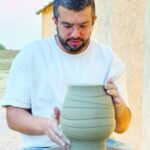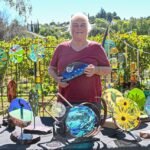
Artists are pushing traditional craft techniques in all manner of directions at the 2025 London Craft Week (LCW), while stretching the possibilities of their materials to the max. The standouts in this sprawling – and sometimes discombobulating – showcase of more than 400 exhibitions, installations and performances across the capital are artworks that find dynamic new expression for heritage skills, though other installations have caught our attention with their material innovation or quiet poetry.
London Craft Week 2025: our highlights
Smoke and Mirrors
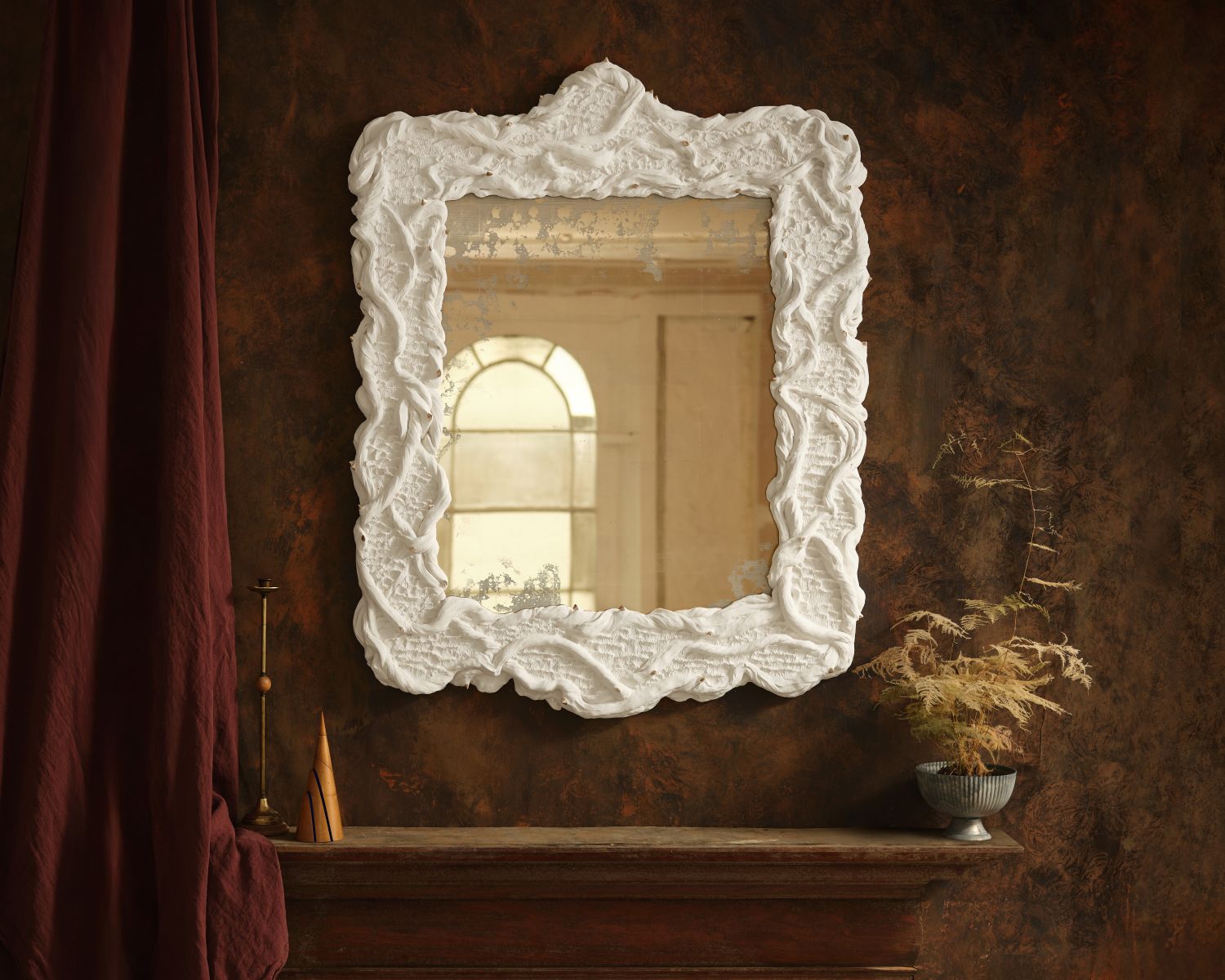
(Image credit: Courtesy of Peascod)
Among the LCW shows at The Lavery in South Kensington, a series of mirrors by Peascod – the Somerset studio founded by Emma and Tobias Peascod – are particularly transfixing, making you stare deep into their murky depths. Emma reimagines verre églomisé, the traditional art of reverse gilding, to create mercurial reflective surfaces, while Tobias uses jesmonite and bronze to sculpt frames that capture untamed nature, such as thorns, feathers and creepers. They call their work a contemporary take on Rococo but it feels fresher than this, thanks to its deliciously dark edge.
Hair-raising forms
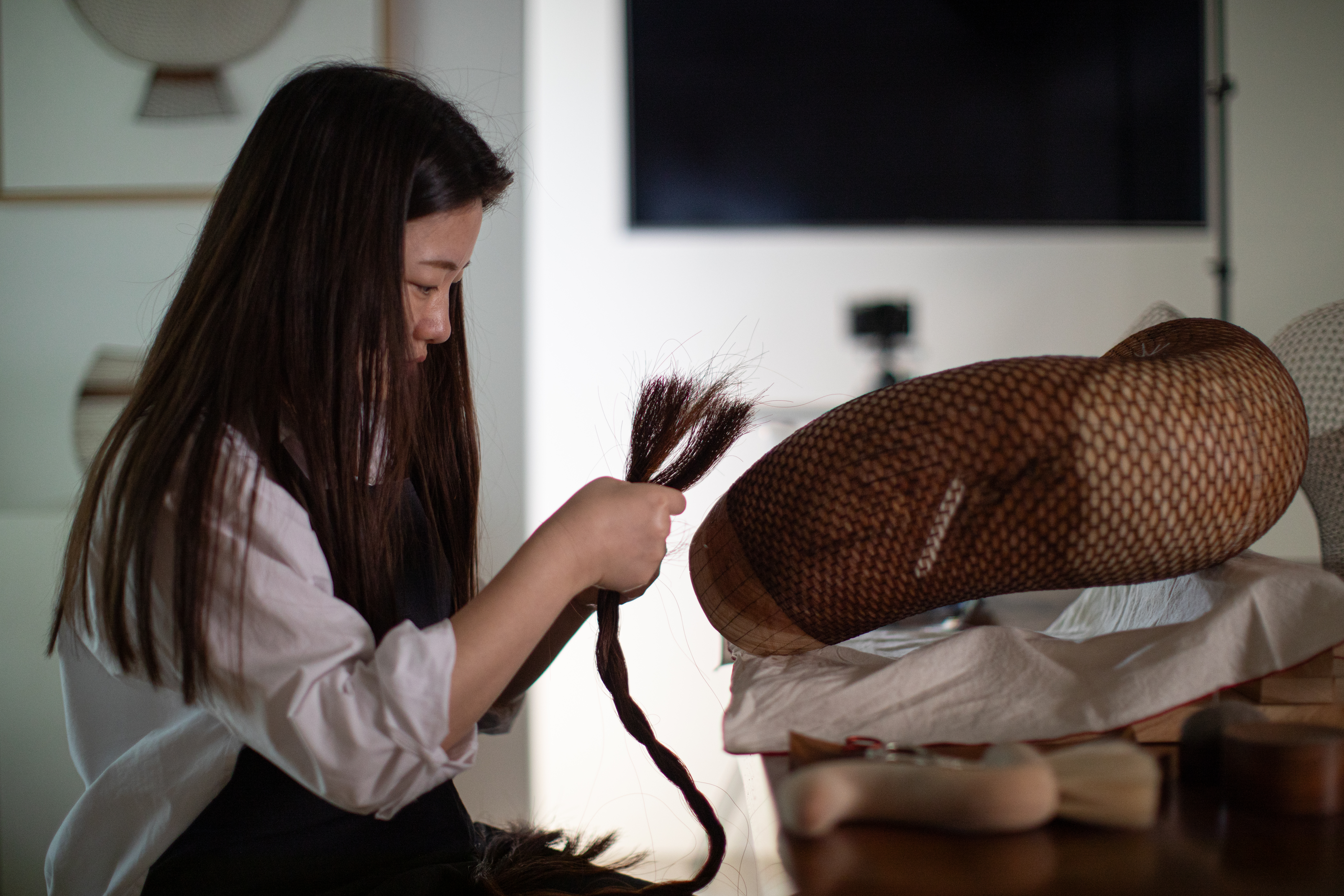
(Image credit: Courtesy of Soluna Art Group for London Craft Week 2025.)
Also at The Lavery, the artist Dahye Jeong is making a soulful case for sculpting with horse hair at the ‘Landscape of Materials’ exhibition, presented by Soluna Art Group. The 2022 Loewe Foundation Craft Prize winner weaves these equine strands into diaphanous forms that recall men’s headwear of the Joseon Dynasty, for those in the know – but for the rest of us, they have a drama all of their own.
Washi wonders
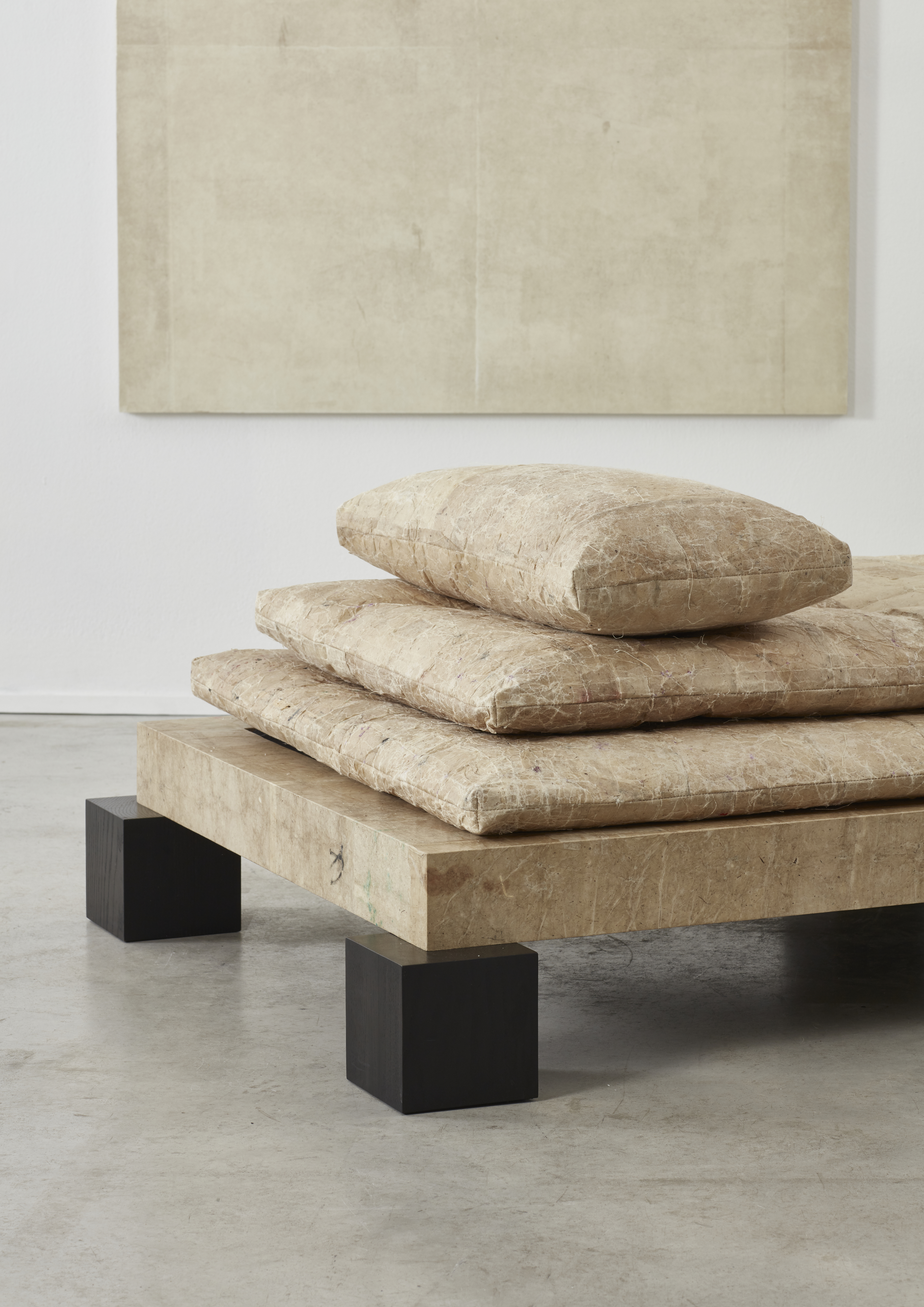
(Image credit: Gareth Hacker)
Japanese washi paper finds fresh form in the hands of a variety of designers and artists at LCW, wrapping furniture by David Horan at No. 9 Cork Street, for example – courtesy of Béton Brut – and a monumental, 2m-tall floor lamp by Yanxiong Lin at Charles Burnand gallery in Fitzrovia. Both are finished with lacquer, with the latter working the inner surface of his tree-like form with grains of silica sand to create a rough texture that reflects and refracts the light, making it radiate a moody glow. It is part of the gallery’s ‘Remembered Futures’, an exhibition of artists who honour the lineage of Asian craftsmanship, while reimagining it in bold new forms.
charlesburnand.com
Secret Ceramics
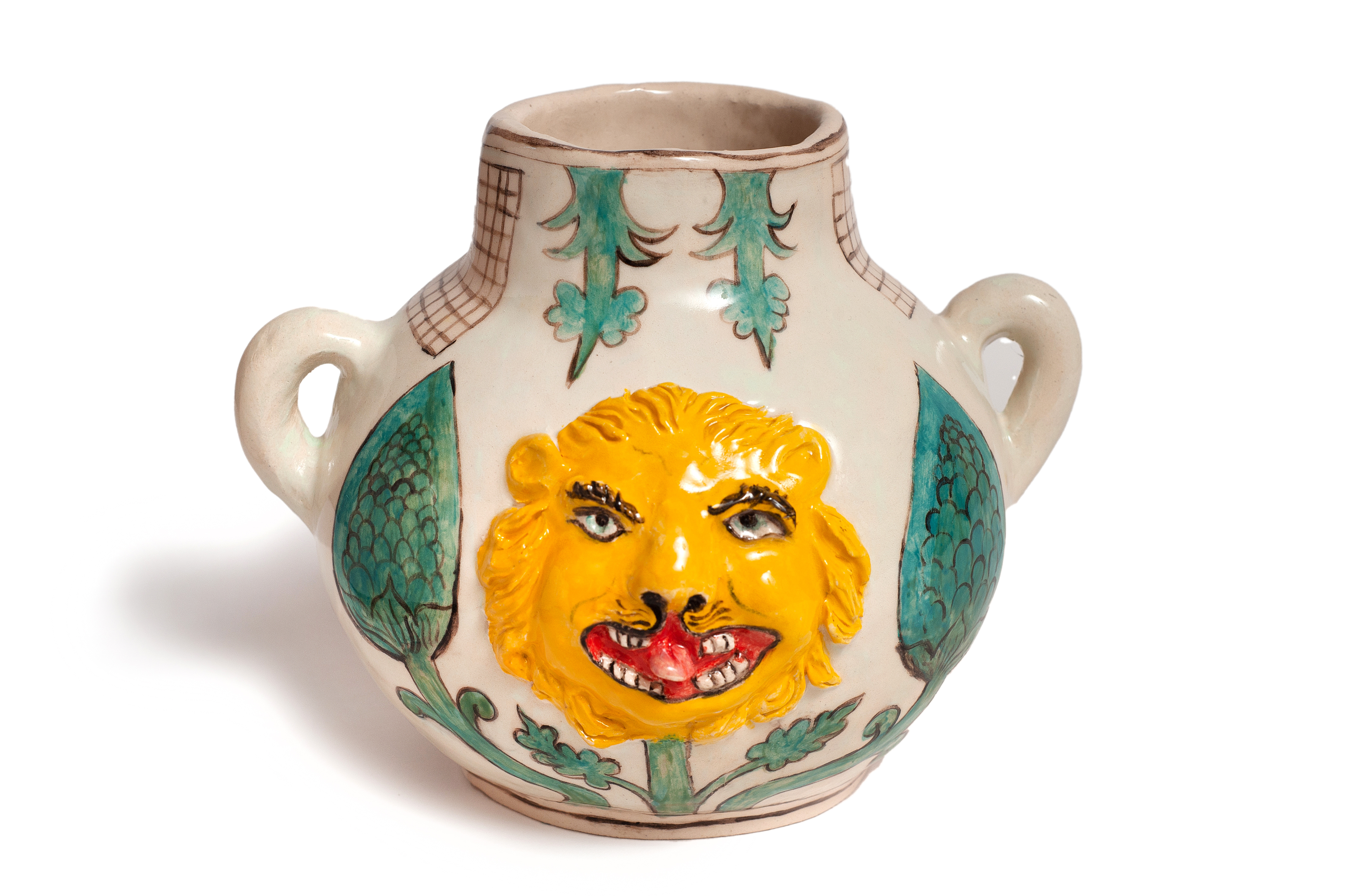
(Image credit: Courtesy of Secret Ceramics)
An illustrious roll-call of artists has anonymously donated ‘pieces of themselves’, as FiredUp4 charity co-founder and ceramicist Kate Malone puts it, to the Secret Ceramics sale at Christie’s auction house, presented in partnership with LCW. All works are available for a minimum donation of £500, but buyers won’t know which artist made them until later. Eagle-eyed visitors with a passing bit of ceramics knowledge will quickly identify works by the likes of Freya Bramble-Carter, Edmund de Waal and Bouke de Vries, but they will need to snap them up fast. Proceeds go towards FiredUp4 studios in London, giving young people from disadvantaged backgrounds access to the wonders of clay.
Turning the tide
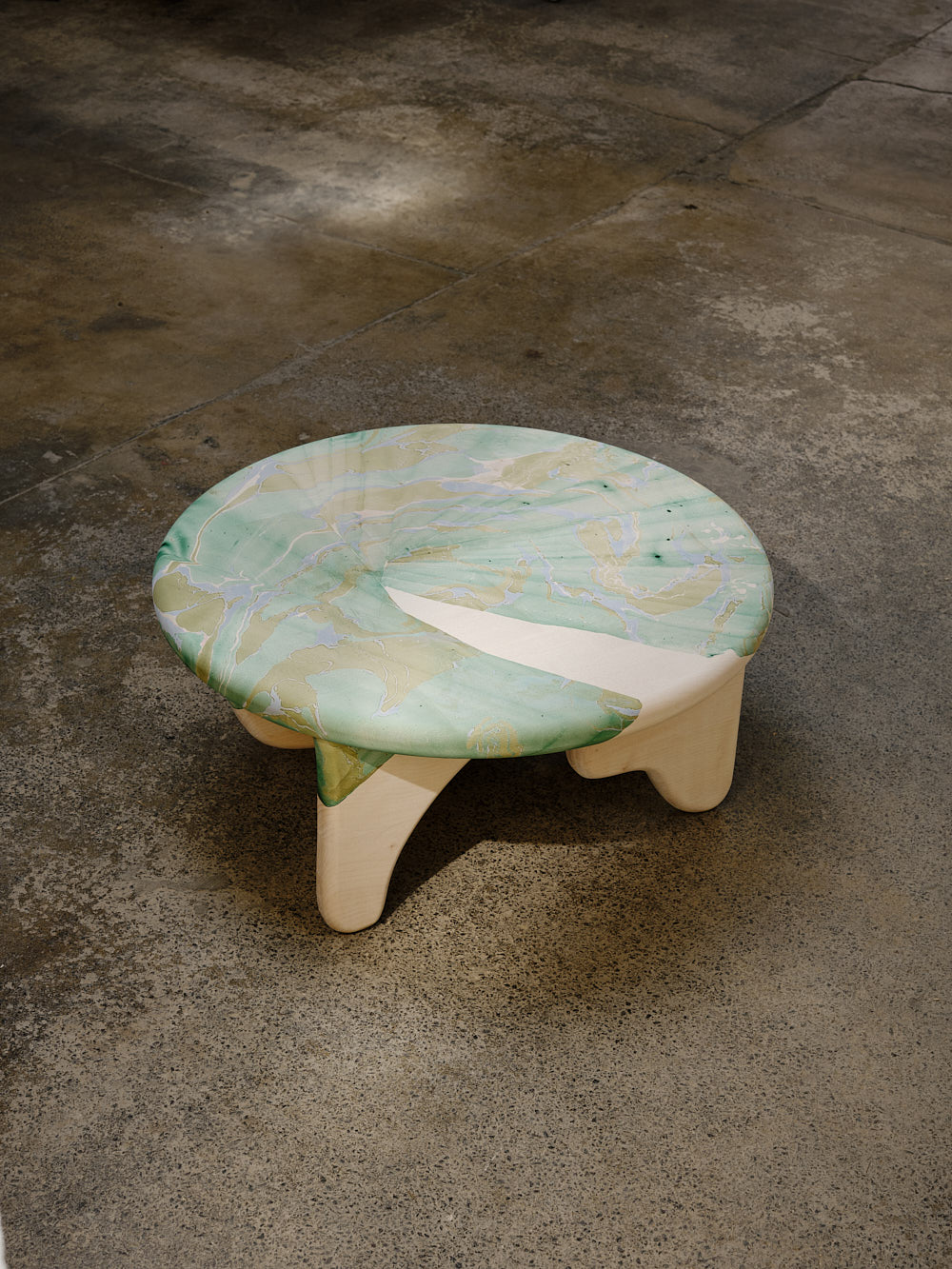
(Image credit: Beth Davis,Sebastian Cox, Nat Maks)
Brogan Cox – creative director of Sebastian Cox studio – has stepped into the limelight with her first design collection, ‘Tides’, for the brand she co-founded with her partner, made in collaboration with marbling artist Nat Maks and shown at No. 9 Cork Street. Both are based in the seaside town of Margate and have drawn inspiration from the ocean. The sycamore tables have soft, rounded edges that recall drift wood, while the marbling captures the ripples and colours of a tidal pool at different times of day – ranging from fresh green and blue tones to sunset shades of pink and purple.
Painterly wood
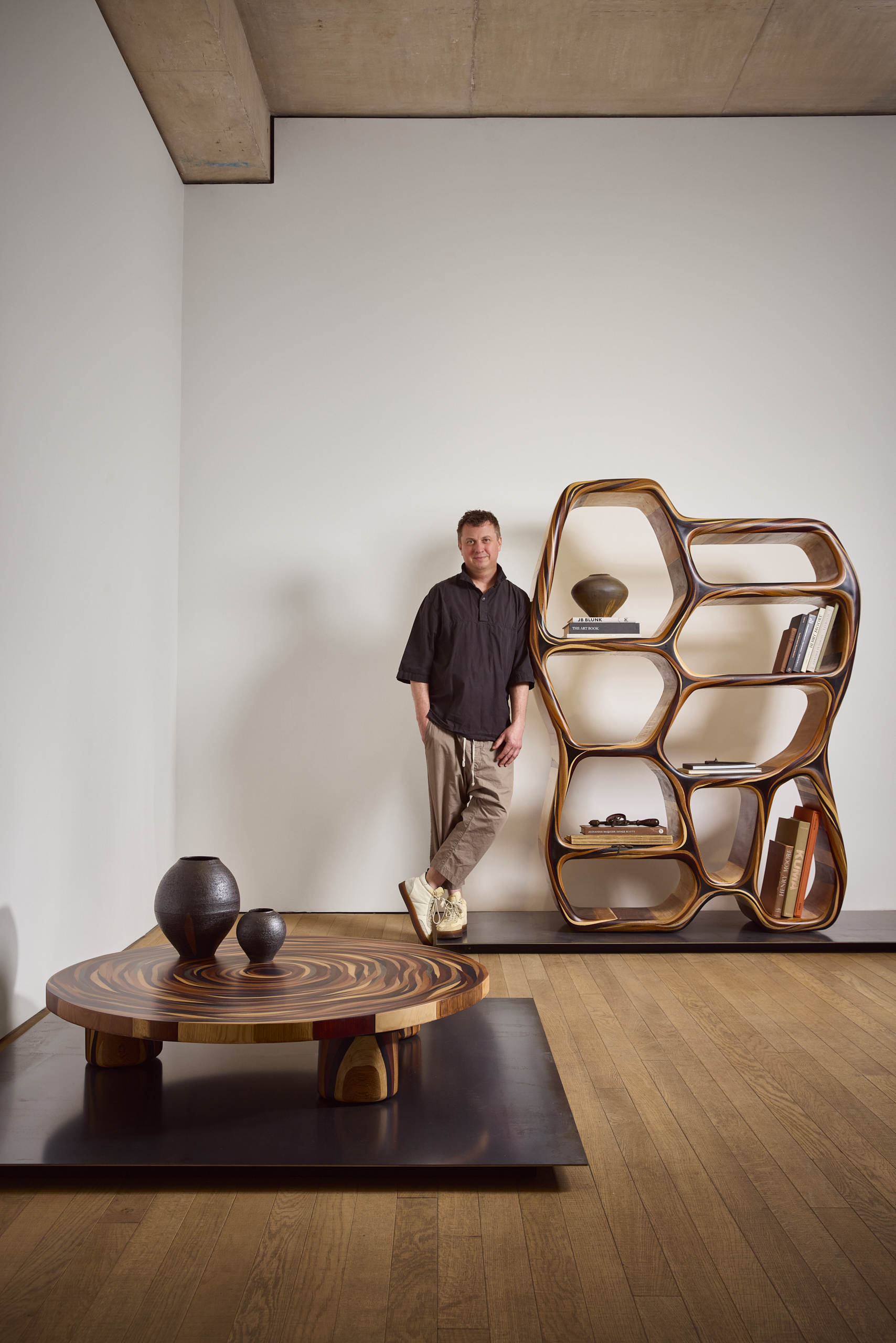
(Image credit: Mark Cocksedge)
While at No. 9 Cork Street, don’t miss the new ‘Woodstrokes’ furniture collection from Brodie Neill, who has long been creating new design languages with waste. In this case, he stacks wood veneer off-cuts, then twists, carves and moulds them into tables, mirrors and shelving using a bio-epoxy resin. Their grains appear like brush strokes on the surfaces of the furniture, to painterly effect.
Ancient forms reborn
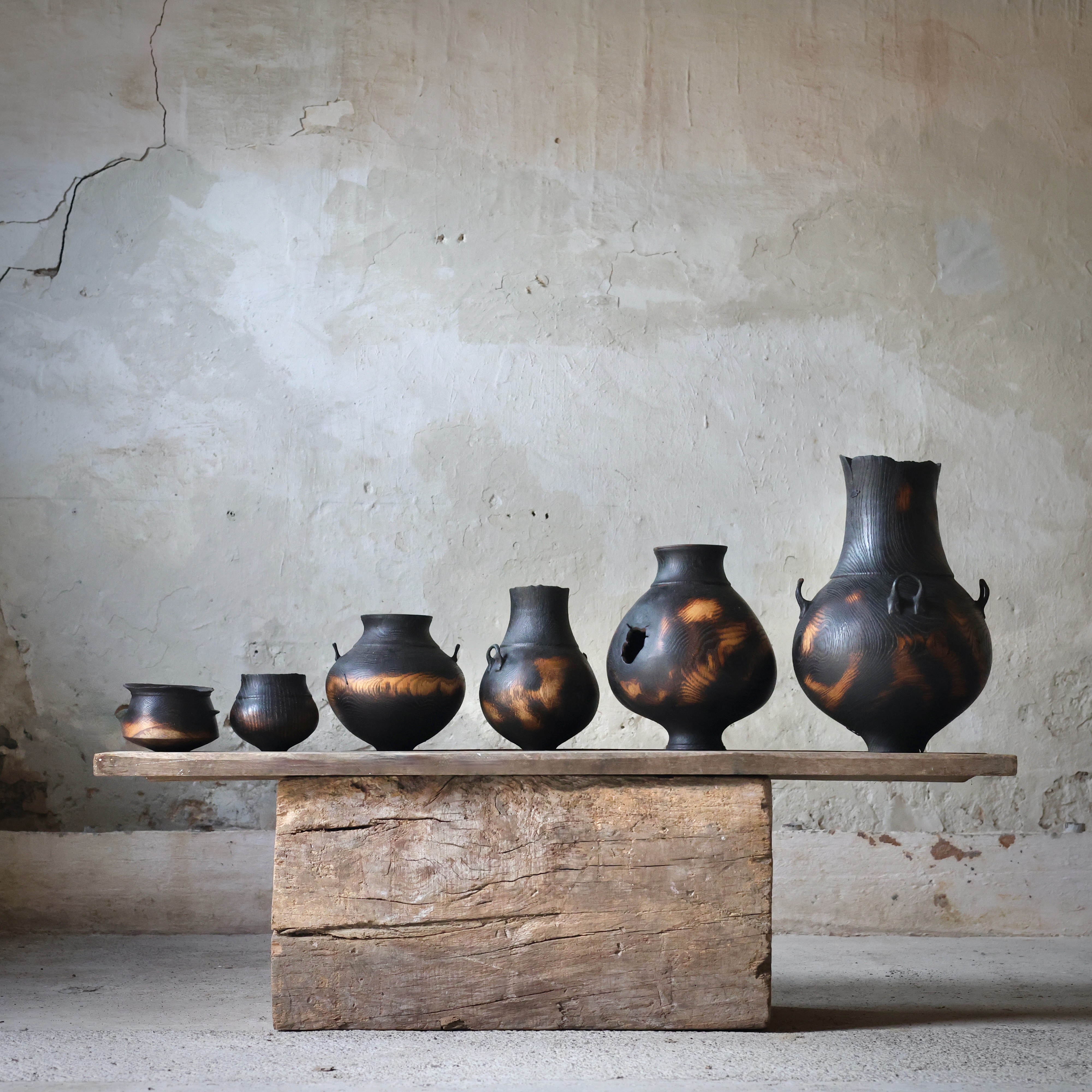
(Image credit: Courtesy of Ash & Plumb x The New Craftmaker)
From afar, Ash & Plumb’s vessels – drawing on Greco-Roman, Southeast Asian and Saxon forms – look like they have been plucked from an archaeological dig, yet they are actually fashioned from unseasoned English oak off-cuts, which the duo turn on a lathe, hand-carve, scorch, oil and stitch. Each piece conveys a memory of the past, shaped into something new and intriguing. See them close up at The New Craftmaker on Pimlico Road.


